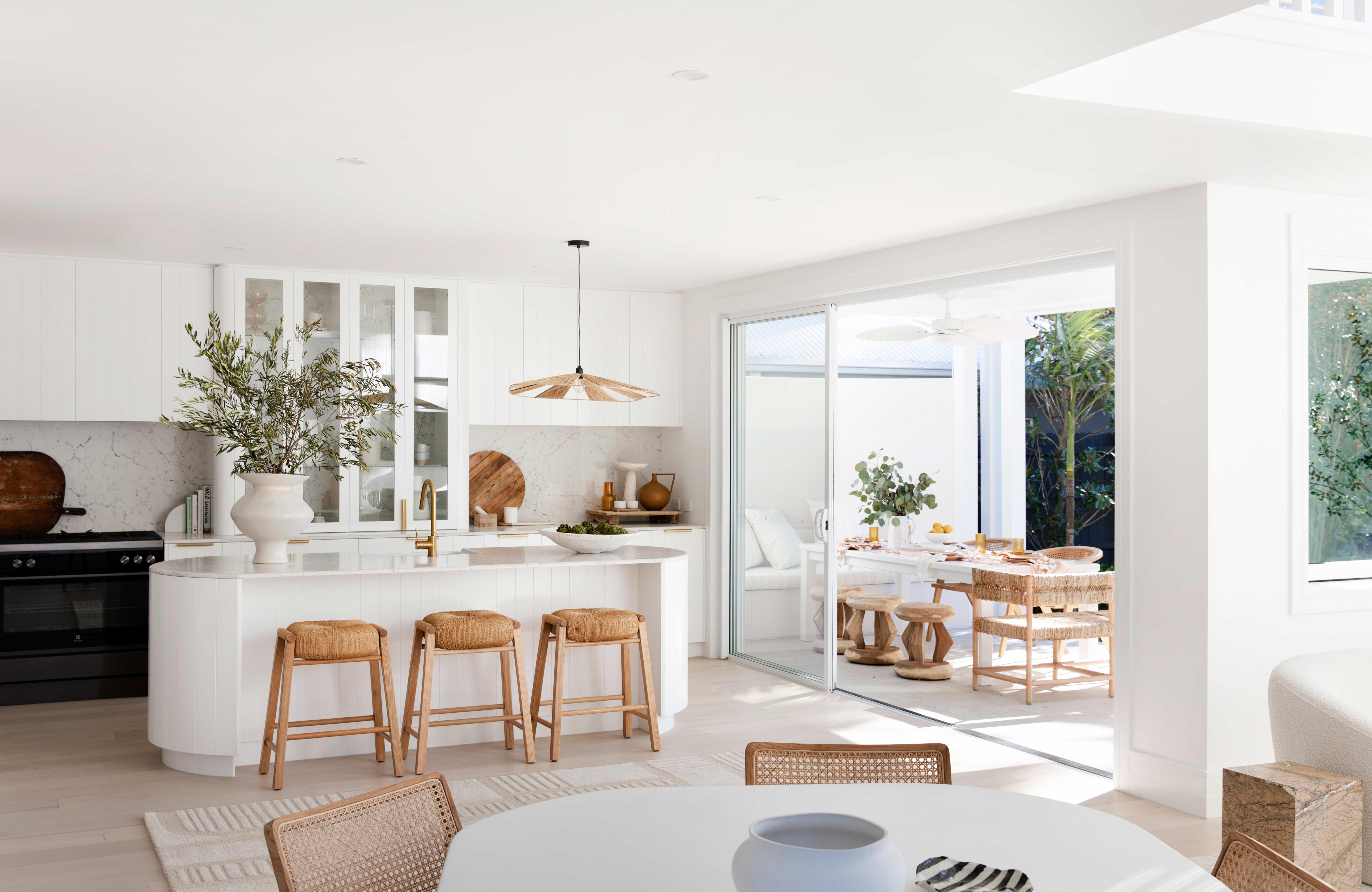Transform Your Home With Necessary Principles of Interior Style and Appearances
The art of transforming your home via the crucial concepts of indoor design and looks calls for a thoughtful approach that integrates shade, balance, and spatial recognition. By recognizing the effect of color concept and the importance of appearance and patterns, one can create spaces that are not just visually enticing yet also deeply personal. Achieving this balance includes greater than plain decor; it includes a tactical setup and a keen understanding of exactly how each component communicates within a space. As we explore these fundamental principles, take into consideration exactly how they might redefine your understanding of home and individual expression.
Recognizing Shade Concept
Comprehending the concepts of color theory allows developers to produce rooms that reverberate mentally with occupants while fulfilling functional needs. Each group plays an important duty in establishing consistency within a space.
The mental influence of colors is extensive; warm hues such as reds and oranges evoke energy and warmth, while great tones like blues and greens promote calmness and serenity. In addition, the use of complementary shades improves visual interest, creating striking contrasts that can boost a space's allure.
Neutral colors, on the various other hand, offer as a versatile backdrop, permitting other style aspects to shine. It is important to consider aspects such as lights and the room's objective when picking a shade scheme, as these can modify the perception of shades throughout the day.
Ultimately, a well-considered color design can transform a space, promoting a sense of convenience and design that lines up with the occupants' choices. Mastery of color concept is, consequently, a vital skill for any indoor designer aiming to create unified and welcoming atmospheres.
Attaining Equilibrium in Layout
Exactly how can designers attain a feeling of balance in their spaces? Accomplishing equilibrium in design is essential to producing unified insides.
Unbalanced equilibrium, on the other hand, depends on varying components that still accomplish a cohesive appearance. This strategy permits more dynamic and informal setups, giving rate of interest while keeping balance. By meticulously selecting differing dimensions, colors, and structures, designers can create a visually engaging room that feels well balanced yet energetic.
Radial balance highlights a main focal point with aspects emitting outward. This style is commonly seen in circular layouts, where furnishings and decoration develop a natural border that draws the eye inward.
Ultimately, accomplishing balance calls for thoughtful factor to consider of scale, proportion, and the relationships between elements. miami interior design. By masterfully applying these equilibrium principles, designers can change rooms right into atmospheres that really feel both aesthetically pleasing and functionally harmonious, boosting the overall experience for residents
Relevance of Spatial Recognition

An eager sense of spatial recognition enables designers to identify focal factors within an area, leading the viewer's interest to key features while preserving a general feeling of unity. It likewise helps in the calculated positioning of lights, which can dramatically influence the perception of space and state of mind. Additionally, recognizing spatial partnerships enables the designer to accommodate the particular needs of occupants, ensuring that each area offers its designated purpose without jeopardizing appearances.
Eventually, spatial understanding is crucial for maximizing the potential of any type of indoor area. By very carefully taking into consideration the interplay in between dimensions, format, and function, developers can create settings that not only fulfill useful needs yet also stimulate a read this sense of convenience and charm, boosting the overall living experience.
Integrating Appearance and Patterns
Welcoming a varied variety of textures and patterns can considerably boost the aesthetic and responsive charm of an indoor room. The critical use numerous products-- such as wood, steel, material, and stone-- creates deepness and rate of interest, making an area really feel extra inviting and dynamic. For instance, incorporating smooth surface areas with harsh structures can establish a balance that attracts the eye and engages the detects.
When integrating patterns, consider both scale and repetition. Big patterns can function as focal points, while smaller, subtle designs can complement other aspects without overwhelming the space. Layering patterns, such as pairing floral cushions with candy striped tosses, adds intricacy and a feeling of harmony if implemented thoughtfully.
It is additionally critical to keep a natural shade scheme, guaranteeing that appearances and patterns collaborate as opposed to hop over to here contend for attention. By selecting a few key appearances and patterns, you can create an unified visual that shows your personal design while boosting the overall setting of the area. Eventually, the mindful unification of these elements can transform a mundane area right into an innovative environment abundant with character and warmth.
Personalizing Your Area
Creating a space that reflects your individuality is important to attaining a genuinely welcoming setting. Personalization in interior style permits you to instill your special design and rate of interests into your home, transforming it from a plain sanctuary into a sanctuary that talks with who you are. Begin by picking a color combination that resonates with your emotions-- vibrant colors can energize, while soft tones use harmony.
Incorporate art work and decoration that show your interests, whether it be travel, nature, or abstract concepts. Showing personal collections, such as publications, photos, or mementos, can stimulate valued memories and produce centerpieces within a space. Additionally, take into consideration customizing practical pieces, like upholstered furniture, to line up with your aesthetic preferences.

Final Thought
Finally, the makeover of a home via the important concepts of interior decoration and looks requires an extensive understanding of color theory, balance, spatial recognition, structure, and personalization. Each component contributes considerably to creating an unified and useful living setting - miami interior design. By attentively incorporating these concepts, people can improve the aesthetic allure and emotional vibration of their spaces, inevitably promoting a home that shows special identities while supplying convenience and usefulness